Syn.: Erigeron compositus var. discoideus A. Gray, Erigeron compositus var. glabratus Macoun, Erigeron compositus var. multifidus (Rydberg) J. F. Macbride et Payson, Erigeron gormanii Greene
Family: Asteraceae Bercht. et J. Presl
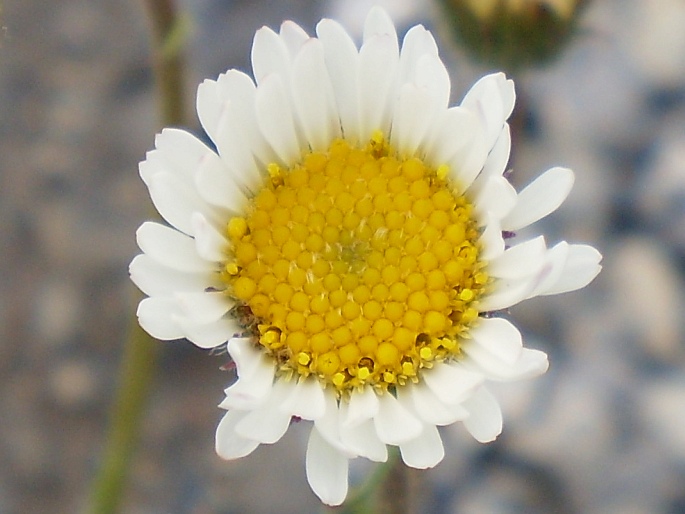
Distribution: Arctic bridge gap distribution from Greenland, through North America to northeast Asia (Siberia). In North America found from Alaska through Canadian Arctic and most Canadian provinces with exception of Ontario and in US only in western states with the most eastern line from Dakotas, Wyoming, Colorado to New Mexico.
Ecology: Rocky and sandy slopes, 1800–4300 m of elevation. Blooms from June to August.

Description: Perennial herb, 5–15(–25) cm tall, slightly to densely covered with glandular hairs, from a taproot. Stems erect; leaves basal, alternate, petiolate, 5–50(–70) mm long, (2–)4–12 mm wide, spatulate, (1–)2–3(–4)-ternately lobed or dissected. Flowers solitary; involucres 5–10 × 8–20 mm, of 2–3 rows of bracts, glandular-hairy, purplish tips; 20–60 ray florets, 1–2 cm across, white, sometimes pinkish or bluish, yellow disc florets 3–5 mm. Fruit is an achene, short, hairy, 2-ribbed, white, bristly pappus.
Threat and protection: The species is protected in Russia.
Note: Compositus in this case refers to the compound leaves.
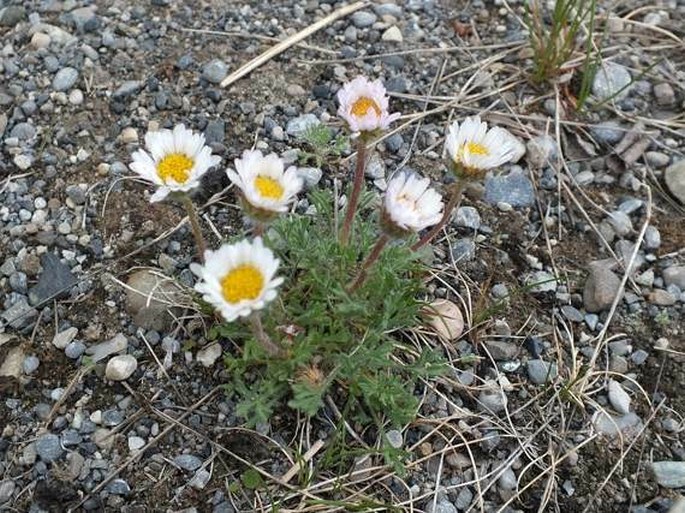


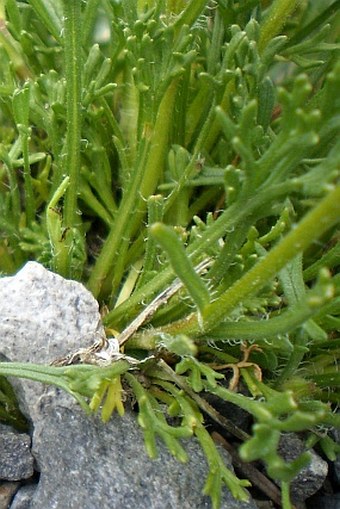
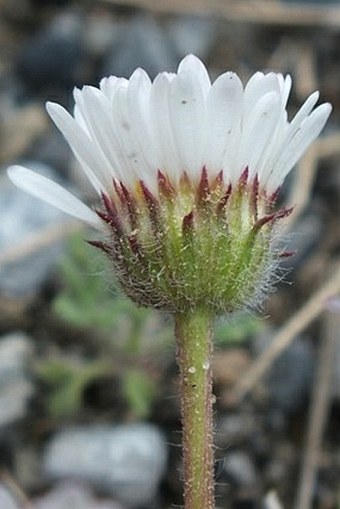
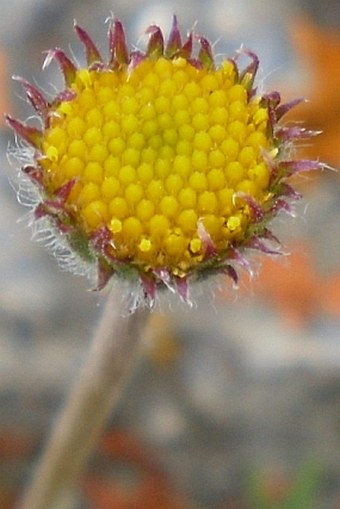
These images were taken in Canada, Alberta, Benchlands, Forestry Trunk Road (by Karel Bergmann: June 2015), and Canada, Alberta, Banff, Sanson Peak (by Jan Prančl: July 2009).


